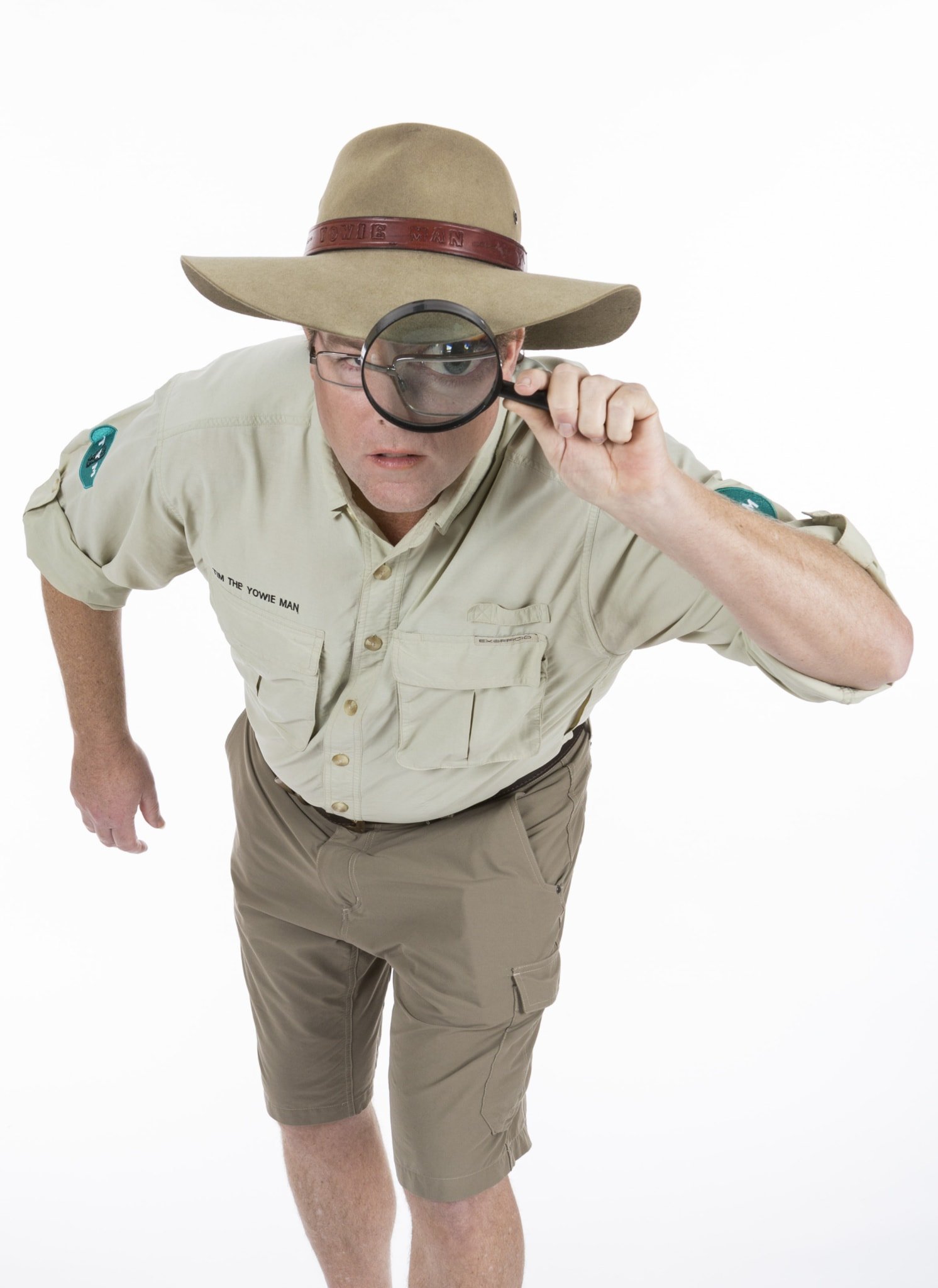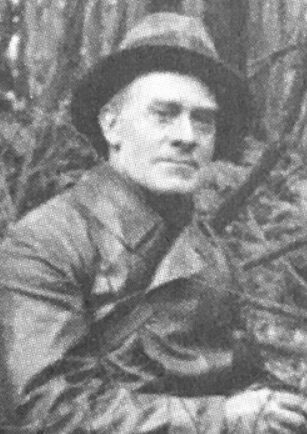The man who lived in a log

Tim the Yowie Man
Tim the Yowie Man

Victorian Tom Tregellas fulfilled that dream – only he had to wait until he was an adult. What’s more, his magical creatures were real.
An iron founder and labourer by trade, Tom was a self-taught naturalist. He spent every weekend he could exploring the bush surrounding Melbourne, especially in the Dandenong Ranges. In 1918, while birdwatching in Sherbrooke Forest, near Kallista, Tom stumbled upon a giant cylindrical hollow log, 5 x 2.5m, which he wasted no time turning into the ultimate live-in bird hide.
According to Esther Hardware in her biography, Tom Tregellas: Pioneer Naturalist, “Within a few weeks Tom worked to make the log habitable by hacking charcoal from the interior, boarding up the far end and constructing a brushwood canopy over the entrance.” He named his cubby “Menura”, after the superb lyrebird (Menura novaehollandiae). Although Tom had a home with a loving wife and children in Melbourne’s suburbs, the log became his spiritual home.

While bunkered down at Menura – often for weeks at a time – many creatures of the bush joined Tom at mealtimes, including bandicoots and possums. The lyrebirds he observed “became completely trusting and sought his company of their own free will”.
Most importantly, the more time Tom spent at Menura, the more he learnt about the life cycle of lyrebirds, and he was soon recognised as the pioneering expert in their study. He shared his love for nature and his beloved lyrebirds, publishing many articles and photographs in newspapers, and he was first to broadcast a lyrebird’s song live on radio.
Not surprisingly, Tom’s unusual lifestyle and unique abode attracted attention, especially when the curious public realised he wasn’t just another hermit escaping city life. Tom received a steady stream of VIPs as guests to his hollow log, including Lord Stradbroke, the governor of Victoria, who visited him several times during the height of lyrebird mating season, when courting displays were most spectacular.
Tom’s wife died in 1930. In the difficult months that followed, “the only stable anchor was the hollow log camp, and it was here that he continued to find solace among his beloved birds”. When Tom died in 1938 after a long illness, the then Forests Commissions Victoria erected a sign at the entrance to Menura. It simply read, “This log was the home of Mr Tom Tregellas who spent a lifetime studying the habits of the lyrebird in this locality.”
Unfortunately, in the 1950s the log collapsed, and the remnants subsequently rotted. Nonetheless, Tom’s legacy lives on, with a nearby walking track named in his honour.




